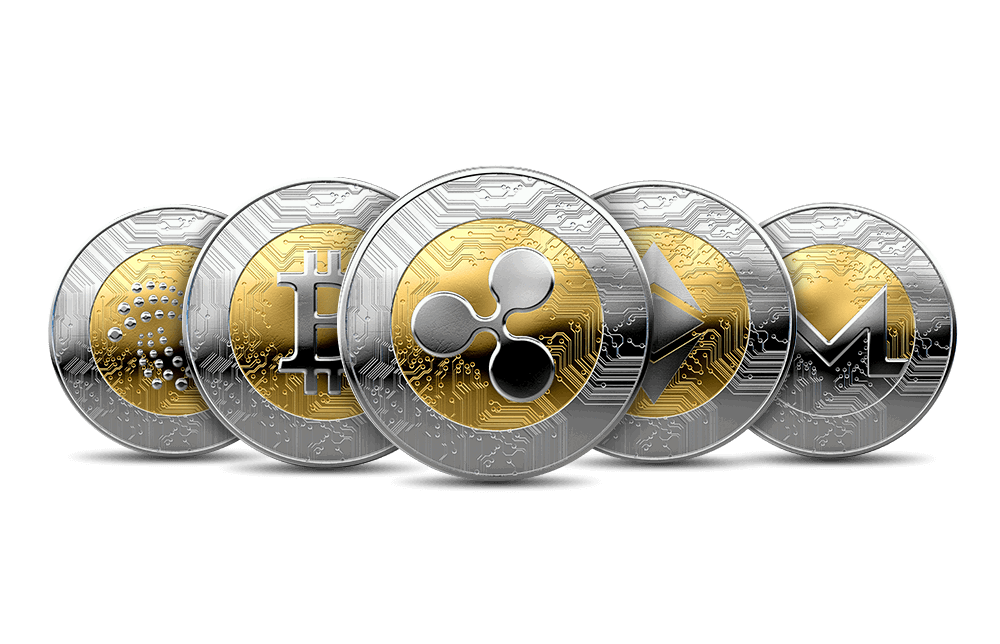How is a bitcoin made or created on the blockchain?

Blockchain, the basis in the construction of Bitcoin
The Bitcoin system is based on blockchain technology; it is open source and has a peer to peer (p2p) network of interconnected nodes. These hubs are responsible for getting and handling all the data of the exchanges did inside the blockchain. This organization of hubs and blockchain innovation makes Bitcoin an absolutely specific, inventive and different type of cash from those customarily known. Anyone can join it, and it currently constitutes the network with the greatest computational power in existence. This is the foundation that creates every bitcoin in existence today.
The Bitcoin protocol is defined in its whitepaper; and this tells us, among many things, how bitcoins are created. The blockchain development is comprised of a progression of blocks tied or numerically connected together. And each block is generated through a system called Proof of Work (PoW) or Proof of Work. This proof of work drives every one of the hubs of the organization to partake in the quest for a legitimate answer for a complex numerical issue that permits the age of another block. And for this work, which requires great computational power and a lot of electrical energy, the nodes receive a reward in bitcoins.
It is through the mining system that each new bitcoin is made or produced. In this way, with each block found, the mining nodes receive new bitcoins for their work, while keeping the system and the economy that supports it running. But surely you will ask yourself, what processes participate in the generation of a BTC?
Process of generating a bitcoin unit
As we well know, governments around the world have a monetary system that is responsible for printing fiduciary money when required. However, in the world of Bitcoin and many cryptocurrencies (but not all) it does not happen this way. In addition, Bitcoin is an exclusively digital currency that does not exist in the physical world, it is decentralized, and there is no government or entity behind it that regulates its issuance.
In this context, Bitcoin is designed and programmed to produce a fixed amount of coins every 10 minutes or so. It is the bitcoin users themselves, those who wish to provide computing power, which are in charge of carrying out this process, called mining. These network mining nodes must collect transactions that users have made and are in the mempool, add a blocking function and check the digital signatures of said operations.
It will then perform a process to find a valid hash to the math problem. The mining node that finds the hash first will generate the new block and receive the reward. You will then be able to include all previously validated transactions in your block. In addition to a coinbase transaction, that is, the creation of new coins that will have their reward in bitcoins. These newly created coins are put into circulation after a certain number of confirmations.
If a person wants to become a bitcoin miner, they currently require specialized equipment and mining software. Among these equipment are ASICs, FPGAs or GPUs. That way you can use your computer's resources to perform the complex math required to solve a block. Once you solve the puzzle, you can generate the block, add it to the blockchain and receive the reward of new coins and commissions for all the work done.
It is important to note that in this mining process the hash function used is SHA-256. Which allows you to take any amount of data and convert it into a string of a specific size, known as a hash. It sounds easy to do but the truth is that the difficulty of this work is immense. A difficulty that is increased even more thanks to a variable known as nonce. This is a very high value random number that is adjusted from time to time in order to increase or decrease the mining difficulty. The goal is to ensure the best conceivable security of the organization, keeping others from controlling it voluntarily.
Overview of the generation process
The Bitcoin system was designed in such a way that the creation of new coins occurs in a fixed and predetermined way. The mining system turns out to be extremely cutthroat and productive. Each time the quantity of excavators in the organization increments and new blocks are found at the characterized rate, the trouble of the framework increments. What requests more noteworthy computational power and electrical costs? Checkout more Blockchain Development Services